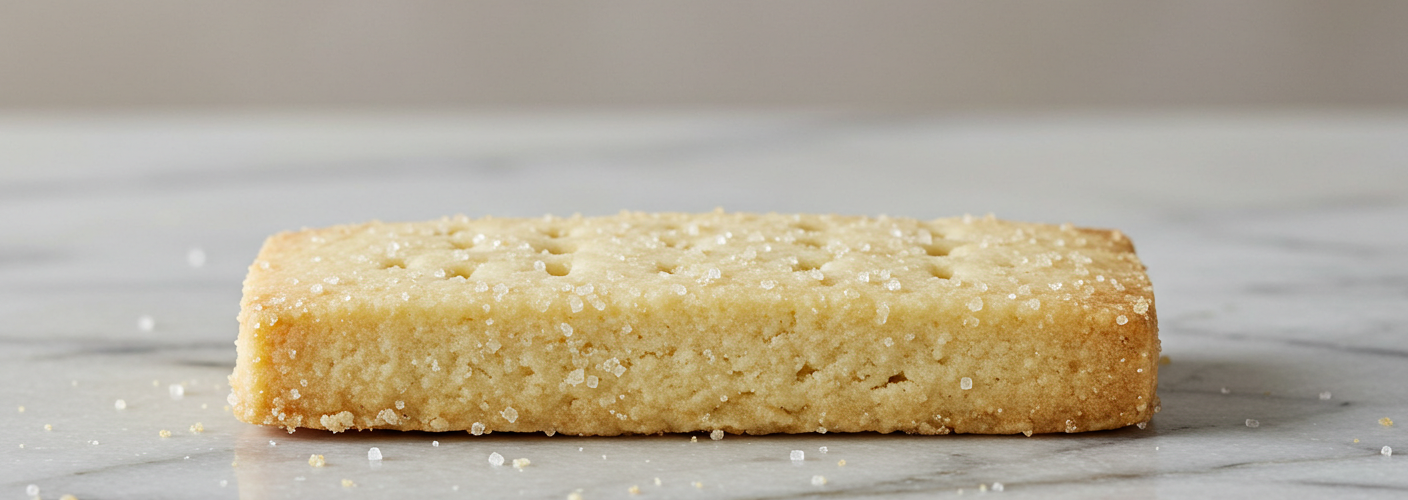Shortbread, a traditional biscuit with roots in Scotland, is a perfect representation of culinary simplicity and indulgence. Made with just three basic ingredients – sugar, butter, and flour – shortbread has captured the hearts of biscuit lovers around the world. Its crumbly texture and rich buttery flavor make it an impeccable choice for tea time, celebrations, or a simple afternoon snack.
A Brief History
The origins of shortbread can be traced back to the Middle Ages, where an early form of the biscuit was created from bread leftover from baking. Bakers would dry out the bread and then add sugar and butter to enhance its flavor, leading to a delightful treat. By the 18th century, this evolved into the recognizable shortbread we know today, thanks to the refinement of the recipe and the introduction of the “shortening” technique, which results in a lighter, crumbly texture.
The use of ingredients such as butter and sugar indicated that shortbread was considered a luxury item, often reserved for special occasions and festivities. Scots would traditionally prepare this biscuit for Christmas and New Year celebrations, and it soon became a staple accompaniment to tea.
Ingredients: The Key to Perfection
At its core, shortbread consists of three simple ingredients: sugar, butter, and flour. The quality of these elements dramatically influences the final product.
- Butter: Unsalted butter is traditionally used, not just for its flavor but also for its fat content, which contributes to a rich, tender biscuit. The better the butter, the better the shortbread.
- Sugar: Granulated sugar gives shortbread its sweetness, while light brown sugar can add a hint of caramel flavor and a slightly darker color.
- Flour: All-purpose flour is commonly used, but some recipes call for a combination of flours to achieve the desired texture – using rice flour is a popular choice for a delicate crumb.
Variations and Flavors
While classic shortbread holds its charm, creativity can lead to delightful variations. Common modifications include infusing the dough with flavors such as vanilla, citrus zest, or almond extract. For a festive touch, some bakers add chocolate chips or nuts, while others dip half of the biscuit in chocolate for an indulgent treat.
In Scotland, shortbread is typically shaped into rounds or fingers, but it can also be pressed into decorative molds or cut out with cookie cutters for added flair. No matter the shape, each bite of shortbread delivers a satisfying crunch and a melt-in-your-mouth experience.
The Art of Enjoying Shortbread
Shortbread is incredibly versatile; it pairs wonderfully with a cup of tea or coffee, enhancing your hot beverage experience. The biscuit’s rich buttery flavor complements floral teas, bold black teas, or even a smooth coffee. Additionally, shortbread can be enjoyed on its own or given as a charming homemade gift, beautifully packaged for loved ones.
Whether you’re reminiscing over family gatherings or hosting a summer picnic, shortbread remains a timeless classic. Its effortless combination of ingredients and delectable taste make it a beloved choice for any occasion.
In conclusion, shortbread embodies the essence of simple yet elegant baking. With its historical roots, exceptional flavor, and the joy it brings to both baking and sharing, it is no wonder this biscuit has remained a favorite for generations. So next time you enjoy a piece of this delectable treat, take a moment to appreciate the craft behind each crumbly bite.




Add comment